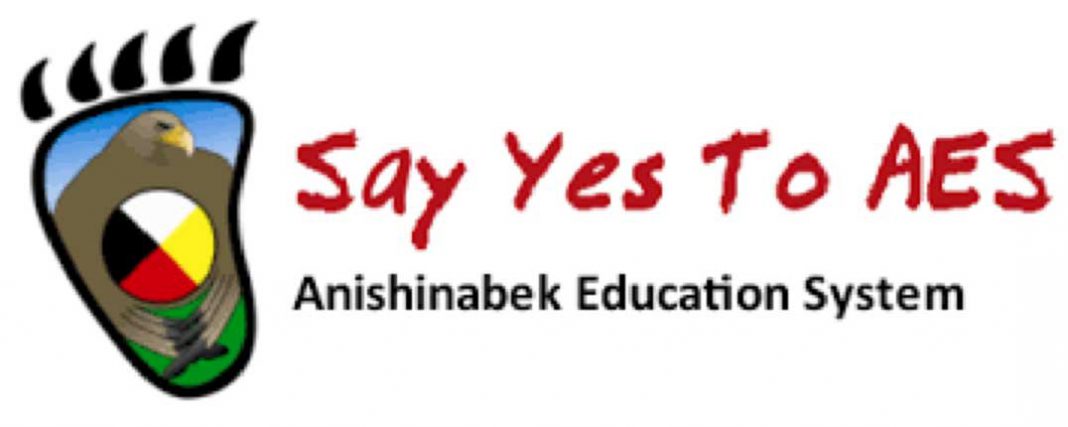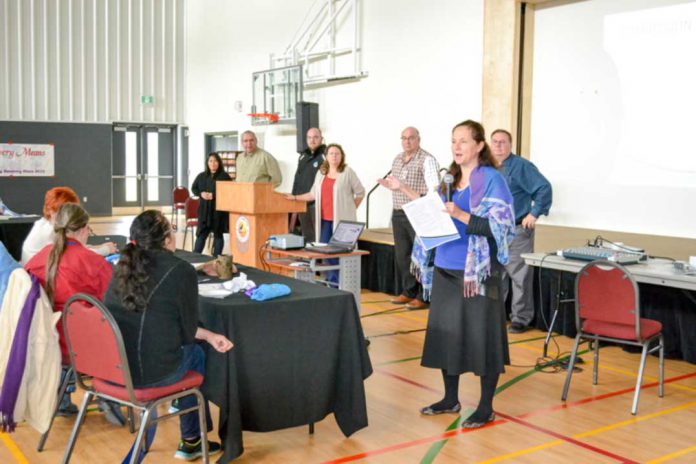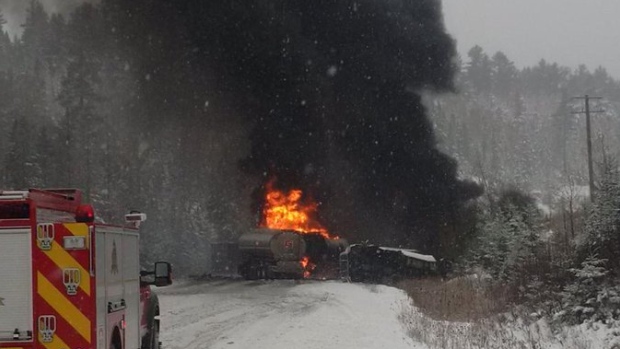Crucial vote needed to ratify Anishnabek Education Agreement
ANISHINABEK NATION—A sound education lays the foundation for a prosperous life and helps instill the knowledge of the history, language, culture of a nation through the generations. Being in control of education is universally recognized as a critical part of nation building and over the next few days the membership of 30 communities of the Union of Ontario Indians (Anishinabek Nation) will be voting on the ratification of the historic Anishinaabe Education Agreement, the largest self government agreement of its kind in Canada. The official ratification vote concludes November 30.
It has been a long hard road to get to this point.
“We have been advocating for control of education for over 33 years,” noted Anishinabek Nation Grand Council Chief Patrick Madahbee, who noted that the enhanced funding that comes with the agreement will play a vital role in assisting local First Nations to adequately deliver appropriate education and to pay for qualified staff and resources.
“There are four or five communities who are logistically not in a position to carry out the vote,” he said.
One of the key benefits of the proposed Anishinaabe Edcuation System (AES) is that all of the enhanced funding goes to the participating First Nations. “There is totally separate funding in place for the education authority, 100 percent of the enhanced funding for education goes to the First Nations,” he noted.
While the agreement has been criticized by a handful of leaders for a lack of capital funding in the agreement, Chief Madahbee notes that the agreement covers control of education and that the capital component lies outside of the parameters of the education agreement.
“The federal government has just announced the lifting of the two percent cap and we are negotiating on that now,” he said.
The biggest danger currently facing the agreement, which former Liberal leader Bob Rae used (during last summer’s consultation with local First Nation leaders at the Manitoulin Hotel and Conference Centre) as a prime example of the kind of approaches to negotiating with the massive federal and provincial government bureaucracies that can level the playing field for small First Nation communities.
“There are four or five communities who are logistically not in a position to carry out the vote,” he said.
The AES will provide participating First Nations with control of education from Junior Kindergarten to Grade 12 on reserve; will promote Anishinaabe customs and language; put in place Anishinaabe education standards recognized for easy transition of students between schools; will create a new central Kinoomaadzwin Education Body (KEB) with powers similar to a school board (essentially creating an Anishinaabe controlled and administered school board); and will not interfere with ongoing support for post-secondary students.
Each participating First Nation will have representation on regional boards, ensuring that the education being delivered will be tailored to the First Nations on that region. “The communities themselves will retain control,” noted Chief Madahbee.
The AES will play a critical role in efforts aimed at language retention, he adds.
The AES will also impact non-Native students living on reserve. “Within the Anishinabek Nation Education Agreement, the term ‘student’ has been defined as a person who is eligible for primary, elementary, or secondary education who is ordinarily resident on the territory of a participating First Nation,” notes a UOI FAQ on the question of non-Native status. “This definition of student allows any eligible students who reside on a participating First Nation to attend that Anishinabek First Nation community’s school, regardless of Anishinabek First Nation community status. Non-status students living on-reserve will be funded for primary, elementary and secondary education under the AES.”
No age level has been established in the AES, according to the FAQ. “This will be determined by each individual First Nation. Provincial law dictates that students must attend school from the age of six until the age of 18 years. Ontario also currently offers Junior Kindergarten and Kindergarten programs starting at age four. The participating First Nations may choose to provide education programs and services for students aged four to 18, or whatever ages the Anishinabek First Nation community determines.”
At this point in time, Canada only considers students ages six and up, but negotiations are currently being conducted to include full-day JK and Kindergarten programs in the AES, similar to the program that has been introduced at the provincial level—thus leveling the playing field for First Nations students in federal schools.
According to the FAQ, each Anishinabek First Nation community that becomes part of the AES will have a Local Education Authority (LEA). “One representative from each LEA will be assigned to its respective Regional Education Council. Each Anishinabek First Nation community will have a representative that they select on its respective Regional Education Council.”
As it is not a political structure, the AES will have no impact or effect on political structures.
The FAQ goes on to note that participating Anishinabek First Nations will determine for themselves what success will look like, including “what the measurements of success are for their Anishinabek First Nation community, their education system, including the KEB. Success may be defined by the number of students who graduate with a secondary school diploma; by the assessment outcomes for numeracy and literacy; by the number of fluent Anishinaabe speakers that the Anishinabek Education System produces; or any, or all of these factors,” the FAQ goes onto suggest.
As part of the AES, a data system will be developed for the use of the AES and the Anishinabek First Nation community schools. The UOI FAQ notes that “discussions with Ontario have provided valuable guidance and direction for the development of an effective data management system. Several data management service providers have been identified and research has been conducted regarding service costs.”
While those who regard the sovereignty of First Nations as a given, Ontario’s recognition is nonetheless important to facilitate the transfer of students between the Ontario education system and the Anishinabek Education System, notes the FAQ. It is a practical consideration, as “if Ontario is not familiar with or does not recognize the AES, student transfers from one system to the other may become difficult. The Anishinabek system must work in conjunction with the Ontario system. Practical arrangements will have to be made that will ensure the recognition of Anishinabek school credits, graduation diplomas, etc.”
Under the AES, the Anishinabek education curriculum will be developed by the Anishinabek, asserts the FAQ. “In the interests of maintaining transferability with the provincial education system, the Anishinabek curriculum will be comparable to Ontario, but will also be culturally appropriate and applicable to Anishinabek First Nation community schools. Once Anishinabek education curriculum has been developed, Ontario has indicated the possibility of incorporating some elements of that curriculum into the provincial curriculum. Funding for the development of the Anishinabek education curriculum will be negotiated under the Education Fiscal Transfer Agreement.”
The curriculum developed can be used in the schools of all participating First Nations.
As to Canada’s two official languages, “each Anishinabek school will determine whether or not French will be included in its programs. Feedback from the Education Working Group has indicated that Anishinabek First Nation communities would prefer to include the Anishinaabe language in its language programs. Students attending schools off-reserve will continue to have access to the French and Ojibwe language programs offered by the local school boards.”
The largest hurdle the agreement currently faces is voter apathy and indifference. The agreement needs a significant threshold of community buy-in, expressed in the form of voting by November 29 to ratify the agreement.
Efforts to meet that goal include local First Nations sending get-out-the-vote (GOTV) teams door to door to explain the importance of the AES to the educational future of First Nations students and motivating residents to take the time to make their voices heard.





